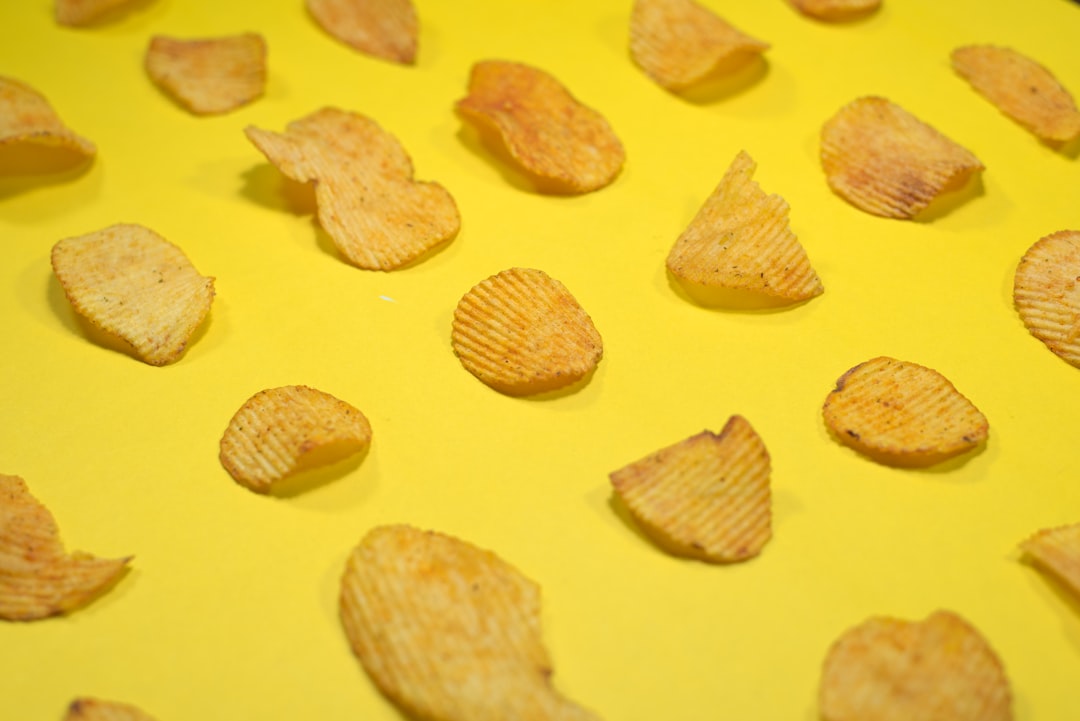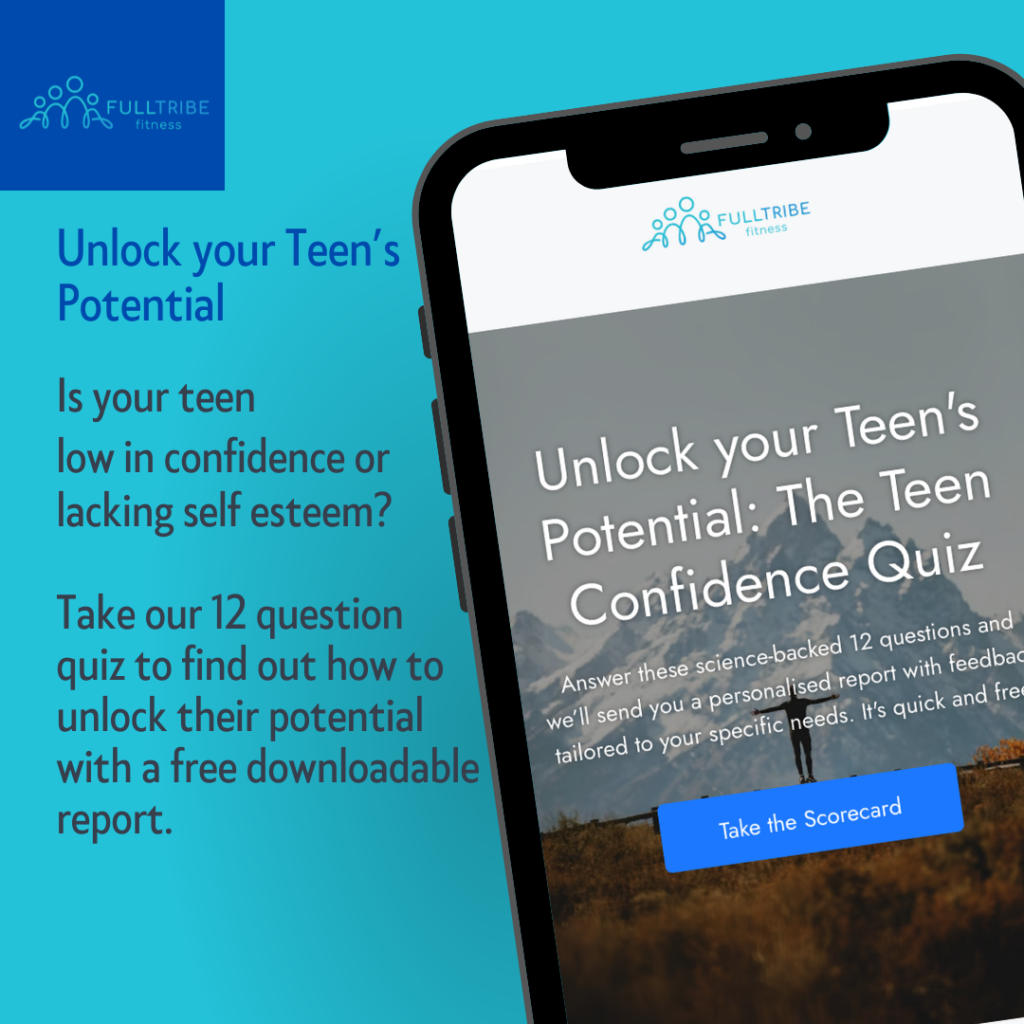The Ultimate Guide to Diet and Healthy Eating for Teenagers: Tips and Tricks for a Balanced Diet
Healthy eating is crucial for teenagers as it plays a significant role in their physical and mental health. During adolescence, the body undergoes rapid growth and development, making it essential to provide the necessary nutrients for optimal functioning. A balanced diet ensures that teenagers receive all the essential vitamins, minerals, and macronutrients needed for growth, energy, and overall well-being.
Proper nutrition is not only important for physical health but also for mental health. Studies have shown that there is a strong link between diet and mental health in teenagers. A diet high in processed foods, sugary drinks, and unhealthy fats has been associated with an increased risk of mental health disorders such as depression and anxiety. On the other hand, a diet rich in fruits, vegetables, whole grains, lean proteins, and healthy fats has been shown to improve mood and cognitive function.
Key Takeaways
- Healthy eating is important for teenagers to support growth and development.
- A balanced diet includes fruits, vegetables, whole grains, healthy carbohydrates, protein, healthy fats, and water.
- Tips for incorporating more fruits and vegetables include adding them to meals and snacks, trying new varieties, and buying in-season produce.
- Whole grains and healthy carbohydrates provide energy and nutrients, and can be found in foods like brown rice, quinoa, and sweet potatoes.
- Protein sources for vegetarians and non-vegetarians include beans, nuts, tofu, chicken, and fish.
Understanding the Basics of a Balanced Diet
A balanced diet consists of a variety of foods from different food groups to ensure that all nutrient needs are met. The main food groups include fruits and vegetables, grains, protein sources, dairy or dairy alternatives, and healthy fats. Each food group provides essential nutrients that are necessary for growth, development, and overall health.
Fruits and vegetables are packed with vitamins, minerals, antioxidants, and fiber. They provide essential nutrients that support immune function, promote healthy digestion, and reduce the risk of chronic diseases such as heart disease and certain types of cancer. To incorporate more fruits and vegetables into your diet, try adding them to smoothies, salads, stir-fries, or as snacks.
Grains are an important source of energy and provide essential nutrients such as fiber, B vitamins, and minerals. It is important to choose whole grains over refined grains as they are less processed and retain more nutrients. Whole grains include foods like whole wheat bread, brown rice, quinoa, and oats. These can be incorporated into meals such as sandwiches, salads, or as a side dish.
Tips for Incorporating More Fruits and Vegetables into Your Diet
Fruits and vegetables are an essential part of a healthy diet. They are low in calories and high in nutrients, making them an excellent choice for teenagers. Here are some tips for incorporating more fruits and vegetables into your diet:
1. Start small: Begin by adding one serving of fruits or vegetables to your meals or snacks each day. Gradually increase the amount over time.
2. Get creative with cooking: Experiment with different cooking methods such as roasting, grilling, or steaming to enhance the flavors of fruits and vegetables.
3. Make it convenient: Keep a bowl of fresh fruits on the counter or pre-cut vegetables in the fridge for easy snacking.
4. Sneak them in: Add fruits and vegetables to smoothies, soups, sauces, or baked goods to increase your intake without even realising it.
5. Try new varieties: Explore different types of fruits and vegetables to keep things interesting. Visit local farmers’ markets or grocery stores to discover new options.
The Importance of Whole Grains and Healthy Carbohydrates
| Metrics | Importance |
|---|---|
| Daily recommended intake of whole grains | At least 3 servings per day can reduce risk of heart disease, stroke, and type 2 diabetes |
| Benefits of whole grains | Lower risk of heart disease, stroke, type 2 diabetes, and certain cancers; improved digestion and weight management |
| Healthy carbohydrate sources | Fruits, vegetables, whole grains, legumes, and low-fat dairy products provide essential nutrients and energy for the body |
| Importance of balanced diet | Whole grains and healthy carbohydrates should be part of a balanced diet that includes lean proteins, healthy fats, and plenty of fruits and vegetables |
Carbohydrates are the body’s main source of energy, especially for teenagers who are active and growing. Whole grains are an important source of healthy carbohydrates as they provide fiber, vitamins, minerals, and antioxidants. Unlike refined grains, which have been stripped of their nutrients during processing, whole grains retain their natural goodness.
Whole grains include foods such as whole wheat bread, brown rice, quinoa, oats, and barley. These foods provide sustained energy and help regulate blood sugar levels. They also promote healthy digestion and reduce the risk of chronic diseases such as heart disease and type 2 diabetes.
To incorporate more whole grains into your diet, try replacing refined grains with whole grain alternatives. Choose whole wheat bread instead of white bread, brown rice instead of white rice, and whole grain pasta instead of regular pasta. You can also experiment with different grains such as quinoa, barley, or bulgur for added variety and nutrition.
Protein Sources for Vegetarians and Non-Vegetarians
Protein is an essential nutrient that is necessary for growth, repair, and maintenance of body tissues. It is especially important for teenagers who are going through a period of rapid growth and development. Protein is found in both animal and plant-based foods, making it accessible to both vegetarians and non-vegetarians.
Animal-based sources of protein include lean meats, poultry, fish, eggs, and dairy products. These foods provide complete proteins that contain all the essential amino acids needed by the body. Non-vegetarian teenagers can incorporate these protein sources into their diet to ensure they are meeting their protein needs.
For vegetarians, plant-based sources of protein include legumes (such as beans, lentils, and chickpeas), tofu, tempeh, seitan, nuts, seeds, and whole grains. These foods provide incomplete proteins that can be combined to form complete proteins. For example, combining beans with rice or whole wheat bread with peanut butter can provide all the essential amino acids needed by the body.
Healthy Fats and Oils: What You Need to Know
Contrary to popular belief, not all fats are bad for you. In fact, healthy fats are an essential part of a balanced diet as they provide energy, support cell growth, protect organs, and help absorb fat-soluble vitamins. Healthy fats also promote brain health and reduce the risk of heart disease.
Examples of healthy fats include avocados, nuts (such as almonds, walnuts, and cashews), seeds (such as chia seeds and flaxseeds), olive oil, coconut oil, and fatty fish (such as salmon, mackerel, and sardines). These fats can be incorporated into meals and snacks to add flavor and nutrition.
It is important to note that while healthy fats are beneficial, they are still high in calories. Therefore, it is important to consume them in moderation and be mindful of portion sizes. Aim to include a small amount of healthy fats in each meal or snack to reap their benefits without overdoing it.
Hydration: The Importance of Drinking Enough Water
Staying hydrated is essential for overall health, especially for teenagers who are active and may not always be aware of their body’s hydration needs. Water plays a crucial role in maintaining body temperature, lubricating joints, transporting nutrients, and removing waste products.
Dehydration can lead to fatigue, poor concentration, headaches, and even more serious health problems. It is important for teenagers to drink enough water throughout the day to stay properly hydrated. The exact amount of water needed varies depending on factors such as activity level, climate, and individual needs.
To ensure adequate hydration, teenagers should aim to drink at least 8 cups (64 ounces) of water per day. This can be achieved by carrying a water bottle with them throughout the day and sipping on it regularly. It is also important to drink water before, during, and after physical activity to replace fluids lost through sweat.
Avoiding Processed Foods and Sugary Drinks
Processed foods and sugary drinks are major contributors to poor health in teenagers. They are often high in added sugars, unhealthy fats, sodium, and artificial additives. Regular consumption of these foods can lead to weight gain, increased risk of chronic diseases such as heart disease and type 2 diabetes, and poor overall nutrition.
To avoid processed foods and sugary drinks, it is important to read food labels and choose whole, unprocessed foods whenever possible. Opt for fresh fruits and vegetables, lean proteins, whole grains, and healthy fats instead of packaged snacks, sugary cereals, fast food, and soda.
It is also important to be mindful of portion sizes and practice moderation when it comes to indulging in less healthy foods. Instead of completely eliminating these foods from your diet, try to limit them to occasional treats and focus on nourishing your body with nutrient-dense foods the majority of the time.
Mindful Eating: Tips for Listening to Your Body’s Hunger Cues
Mindful eating is a practice that involves paying attention to the present moment and being aware of your body’s hunger and fullness cues. It is about listening to your body and eating when you are hungry, stopping when you are satisfied, and choosing foods that nourish and satisfy you.
In today’s fast-paced world, it is easy to get caught up in distractions such as screens or multitasking while eating. This can lead to mindless eating, where we eat without paying attention to our body’s signals and end up overeating or making unhealthy food choices.
To practice mindful eating, try the following tips:
1. Eat without distractions: Turn off screens and focus on your meal. Pay attention to the flavors, textures, and smells of the food.
2. Eat slowly: Take your time to chew each bite thoroughly and savor the flavors. This allows your body to register fullness and prevents overeating.
3. Tune into your hunger cues: Before eating, ask yourself if you are truly hungry or if you are eating out of boredom, stress, or habit. Eat when you are hungry and stop when you are satisfied.
4. Choose foods that nourish you: Listen to your body’s cravings and choose foods that will satisfy you both physically and emotionally. Aim for a balance of nutrients from different food groups.
Putting It All Together: Meal Planning and Healthy Eating on a Budget
Meal planning is a valuable tool for healthy eating, especially for teenagers who may have busy schedules and limited resources. By planning meals in advance, you can ensure that you have nutritious options available and avoid relying on unhealthy convenience foods.
Here are some tips for meal planning and healthy eating on a budget:
1. Plan your meals: Take some time each week to plan your meals and snacks. Consider your schedule, budget, and dietary preferences. Make a shopping list based on your meal plan to avoid impulse purchases.
2. Cook at home: Cooking your own meals is not only healthier but also more cost-effective than eating out or relying on processed foods. Experiment with simple recipes and try batch cooking to save time.
3. Buy in bulk: Purchase staple items such as grains, legumes, nuts, and seeds in bulk to save money. These items have a long shelf life and can be used in a variety of recipes.
4. Shop seasonally: Choose fruits and vegetables that are in season as they tend to be more affordable and flavorful. Visit local farmers’ markets or join a community-supported agriculture (CSA) program for fresh, local produce.
5. Use leftovers: Don’t let leftovers go to waste. Get creative with repurposing them into new meals or use them as ingredients for future recipes.
In conclusion, healthy eating is crucial for teenagers as it provides the necessary nutrients for growth, development, and overall well-being. A balanced diet that includes fruits, vegetables, whole grains, lean proteins, healthy fats, and adequate hydration is essential for physical and mental health.
By understanding the basics of a balanced diet and incorporating more fruits and vegetables, whole grains, protein sources, healthy fats, and water into their diet, teenagers can optimise their nutrition and reduce the risk of chronic diseases. Avoiding processed foods and sugary drinks, practicing mindful eating, and meal planning on a budget are additional strategies that can support healthy eating habits.
It is important for teenagers to make small changes towards a healthier lifestyle and prioritise their nutrition. By taking care of their bodies through healthy eating, they can set themselves up for a lifetime of good health and well-being.
If you’re a teenager looking to improve your diet and overall well-being, you might find this article on Full Tribe Fitness particularly helpful. It discusses the importance of unlocking teenagers’ self-worth and how it relates to their diet choices. The article provides valuable insights into the connection between self-esteem and healthy eating habits, offering practical tips and advice for teenagers to make positive changes.
Check out the article here to learn more about how improving self-worth can positively impact your diet and lifestyle. And while you’re at it, don’t forget to explore Full Tribe Fitness’ blog here for more informative articles on health and wellness.
Additionally, if you’re concerned about the long-term effects of excessive screen time on your health, this article here provides valuable insights and tips on how to maintain a balanced lifestyle in the digital age.









